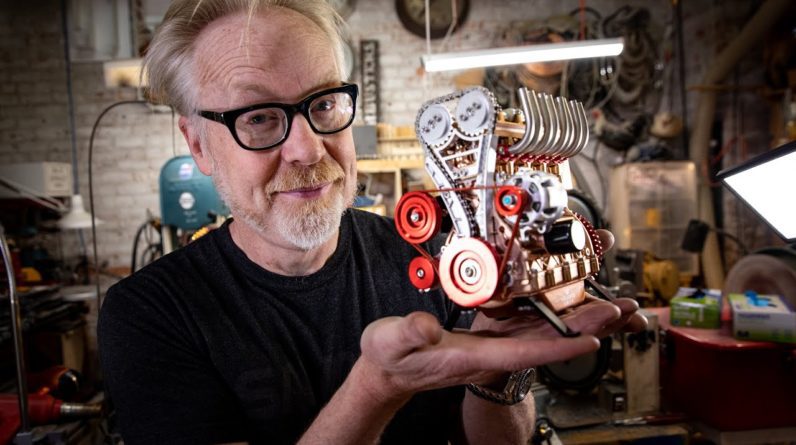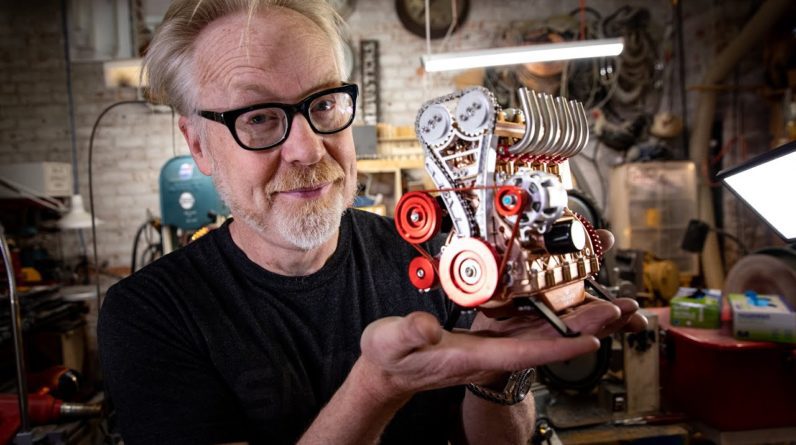[Music] hey what's up guys I'll be modeling here and today I'm going to show you how to love it your car to make it looks something like this now before we start this tutorial is going to show you a technique that can be adapted to lower any model kit it's very easy the materials are cheap you should have most of them anyway and of course it is great fun to do I'll also add a section in the video description box for any frequently asked questions and be sure to check it out before asking any questions if it's not on the list then feel free to ask away now we will start off with of course the Molokini you want to lower but more importantly the wheels you want to use now you need to be a hundred percent sure that these are the wheels you're gonna use because if you decide to change after you've done the work if they're bigger smaller different offset etc you're gonna have to undo all of the hard work that you've done lowering on the set wheels that you decide on in the first place now the materials you will need number one is a cutting map number two you will need a selection of rod and tube you will need one point six mil and two mil rod and three point two millimeter tube many companies make this evergreen plus truck you'll have to do a search of who your local dealers are depending on what country you're living in but they are widely available number three is a photo etch saw and a hobby knife the photo etch saw that I'm using is 0.3 millimeters thick I wouldn't go any thicker than that you can go thinner but personally I'm not needed a thinner one it cuts through Starring perfectly it really is a great tool to have for any sort of scratch building you're doing and modifying kits number four is a set of files you'll need a round one and a flat one number five is a set of sprue cutters or snips number six is a set of metal clamps minimum you need is two and I'd recommend these metal ones that are shown on the screen now you can get other clamps that have loose bits at the end they're great for other poses but not for this one so it'll make your life a lot easier if you do use these clips number seven is a sharpie of any color number eight is your typical styrene glue any make will do whatever one you use will be this and finally a fine nail file this would be for cleaning up the parts that you use the flat metal file on it give you a nicer surface ready for when you prime the parts and paint them now let's get started here is a shot of the original suspension now the first thing you need to do is mock the suspension up using the wheels you want to fit this will give you an idea of how much the car needs to be lowered by to your personal taste and to do this I used a it was either a tube or a rod but you can use anything as long as it gives you an idea of how much you need to lower the car by now when you've found the thing you want to use keep hold of it you'll need it later on as well you can then use that part to determine how much to cut off the top of the suspension part you'll use the photo-etch saw for this and once you finish just clean up the suspension part where it's been cut this will allow you a nice flat surface to then glue your one point six mil rod onto the top of it you can attach this via clamp it will give you a bit more precision and then once you've done that you can keep it upright and let the glue set once that's done you can then fit the part loosely into the chassis and this will give you an idea of how much the car is now lowered by at one corner of course now here you can see the lower suspension isn't connecting with the lower arm at all now in the next step I'm going to show you how to fill the gap this is where your tube will come in make sure the edge of the tube is flat glue it onto the suspension part and then of course wait for that to dry you will then use the item that you used to determine the drop of the car you can then place that against the part and use your sharpie to mark how much needs to be cut off the tube you can then use your photo etch saw to cut the extra tube off of course making sure that the tube is completely glued to the suspension part when dried now on to the next step you'll need your round file to enlarge the opening of the lower arm this will allow the one point six mil to go through it doesn't need enlarging by a lot but just take it easy little and often and then as soon as the rod can go through easily not too loose but not too tight you can then mock the suspension back up again and once you're happy with how it sits and it's all looking level you can then glue the rod in place and then snip off any extra that isn't now whilst in the mock-up stage you do need to check that the wheels will still be able to turn now this was poor planning on my part I actually sanded the back of the wheels off so this next part wasn't needed but it has been needed on another build so I'll show you anyway you can see here that the flat lower arm won't allow the wheel to turn now that it's lowered because normally it sits inside the wheel all you need to do is take your flat file and round the edge off and use your nail file to make it good again ready for paint now the only thing left to do is to repeat the process three times for the remaining three corners of the car the back suspension is almost identical again some kits are different but the process is generally exactly the same and now the best bit you can now mock your car up with the lower suspension and it should look something like this if you're building a silvia of course but at this point you should be happy with how it's sitting it may need slight adjustments in terms of extra poke or you know things like that you can use a combination of rod and styrene to act as spacers for the wheels I'm now going to show you the Honda cr-z mujin by Fuji me the process was pretty much exactly the same for the front and the ribs were very different but still the same if that makes sense if you take a look at my Facebook page you'll see the difference on that kit again it was very easy to do once you've got this technique down you can adapt it for any kit trust me even a Tamiya kit here we've gone s2000 lowered on the same wheels and even with a touch of camera as well that was achieved by actually using a micro drill to drill holes a slight angle and this achieved the slight negative camber at the rim and that is it guys I hope you enjoyed the tutorial apologies for not uploading it sooner I know you guys have been asking for it for so long and I'm so sorry about that but here it is and like I said if you've got any questions please leave them I will update the FAQ section as and when it's needed and I'll see you on Facebook and Instagram keep modeling guys take it easy bye bye







